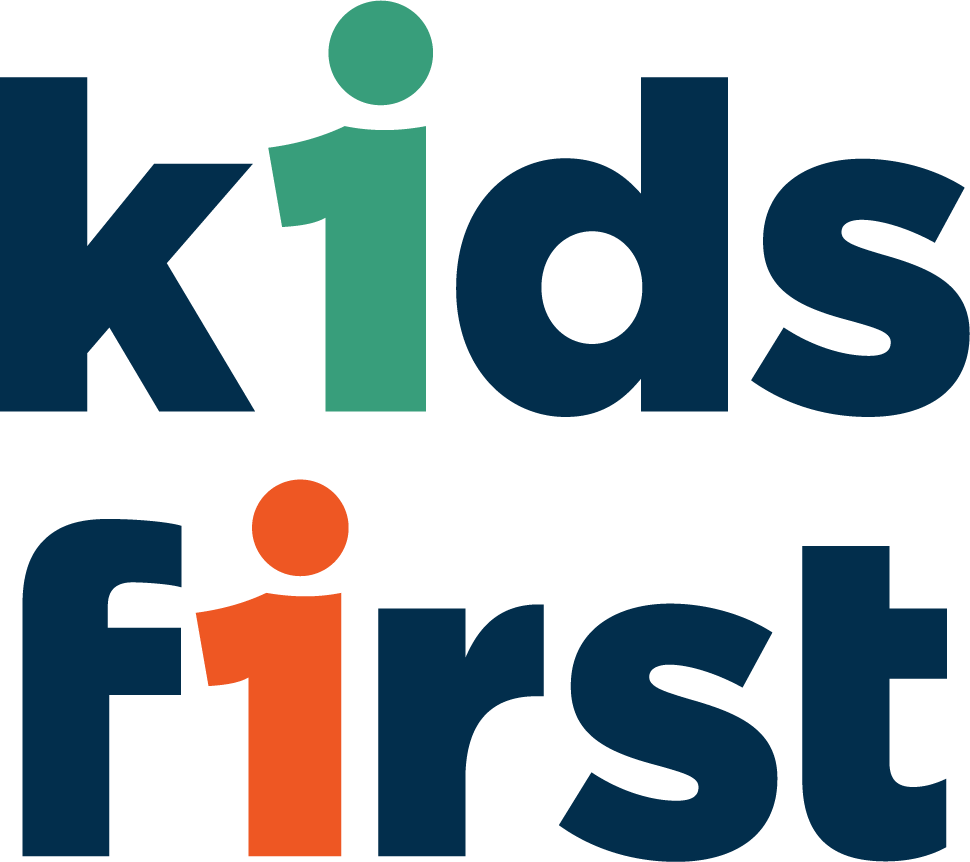Saying Goodbye to a Foster Child
Goodbyes are never easy, especially when the youngster has spent a lot of time in your home. Almost always, the transition is a mixture of sad and happy moments of saying goodbye. Three different circumstances typically exist for a child to leave your house.
From Foster Home to Forever (Adoptive) Home
From Foster Home to Return Home
From Foster Home to Foster Home
Saying Goodbye to a Foster Child - Kids First, Inc. - Fort Worth, TX
When a child is transitioning from your home, keep the following in mind. There is no need to say goodbye forever. If you have a really close bond with the child and everyone involved agrees, you can still keep in touch. You can request to visit the child on special events like birthdays, Christmas, the summer, etc. if everyone is in agreement.There are a few methods to make it more likely that moving from one home to another will go smoothly.
Discuss the transition with the children.
One of the most vital steps you can take to get the kids ready for the transition is to talk to them about it. This keeps the lines of communication open so they may express their concerns and ask questions. If your younger children are transitioning into an adoptive home, help them understand what it means to be adopted. The biological parents of many older children, as well as the concept of adoptive parents, may be the subject of additional questions. Children of all ages may experience conflict or torment as a result of losing one family and gaining another. Keeping the topic of adoption open for discussion can make them feel more at ease about discussing their fears and feelings.
Plan pre-transition visits.
Plan visits with the adoptive family at their home as a way of easing the transition for the child from your home to their forever home. This will help the children become accustomed to the environment and get to know the adoptive family before the transition. Going to the adoptive home for play dates, dinner, or game nights are examples of this.
Make a book of the child’s history.
Making a book of the child’s history is another option for a smooth transition. This might be a book or photo album that you and the child put a lot of time together into making. The child will develop a sense of history as a result of this. Make sure the book is updated before the transition and include information on the child’s time in foster care as well as any other information you learn or that the child feels is important. The child will gain a sense of history with you and their other foster families from this book, which will be important to the adoptive parents. This is by no means a comprehensive list, but hopefully it will spark some thoughts and start conversations about how to successfully transition your child to a new home. If you have questions, or need any assistance with foster parenting, please contact us at Kids First in Fort Worth, TX.


